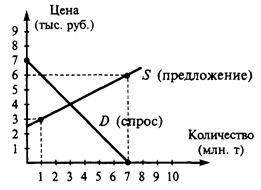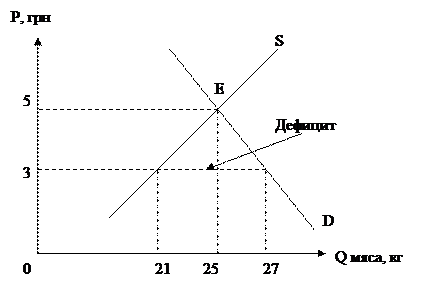The Lawmaking in Ukraine
Ukraine legal system by its nature belongs to the Romano – Germanic legal family (the continental law system). This means that it is based on a pandect system, where the main legislation sources are codified laws. There are a number of codified laws in the main spheres of national legislation. Among such codes the main ones are the following: the Civil Code, the Economic Code, the Criminal Code, the Land Code, the Family Code, the Customs Code, Civil Procedural Code, Criminal Procedural Code, the Labor Code, the Air Transportation Code, etc. Ukrainian legal system also has a well structured hierarchy of normative acts. Only the Verkhovna Rada is entitled to issue normative acts in the form of laws. They are the highest normative acts in Ukraine. Normative legal acts in Ukraine have different legal validity depending on the law – making subject and the state body which issues it. The right to adopt laws in Ukraine belongs to the Verkhovna Rada. They have the highest legal force in the state. The Article 92 of the Constitution points out the areas where the relations are governed exclusively by the laws of Ukraine. According to the Constitution of Ukraine as amended, the President of Ukraine, National Deputies of Ukraine and the Cabinet of Ministers of Ukraine have the rights of the legislative initiative. The law adopted by the Verkhovna Rada goes to the President for signing. The President signs or returns it with his/her propositions for repeated consideration. The Verkhovna Rada may overrule the President’s veto by the ¾ voters of the National Deputies list. The law comes into force ten days after its official publication, if not otherwise stipulated in the law itself. The next layer of Ukrainian legislation is secondary legislation. Different normative acts in the form of decrees, resolution, orders etc. issued by the President, the Cabinet of Ministers, the National Bank, ministries and other state agencies are adopted on the basis and in realization of the general provisions of laws. The President of Ukraine issues decrees (ukazy) and directives (rozporiadzennia). The Cabinet of Ministers of Ukraine, within the limits of its competence, issues resolutions (postanovy) and directives (rozporiadzennia). All the documents produced by the highest state bodies are mandatory for execution by every person on the territory of Ukraine. In pursuance of the laws of Ukraine, the ministries, state agencies and committees issue resolutions, directives, regulations, instructions and orders that concern their specific sphere of competence. Ukraine carries out foreign policy activity. It is a member to different international organizations and agreements. International treaties come into force on the consent of the Verkhovna Rada of Ukraine to be binding. Since that moment they become an important part of national legislation. The conclusion of international treaties that contravene the Constitution of Ukraine is possible only after introducing relevant amendments to the Constitution. All these normative legal acts and international treaties of Ukraine are registered at the Ministry of Justice of Ukraine. Local state administrations and bodies of local self–government issue resolutions, orders, decisions, etc. to ensure the observance of laws and freedoms of citizens, and the implementation of development programs and regional budgets. The number of laws increases constantly, which creates the problem of contradictions between them. The imperfectness of Ukrainian legislation lies in its instability, overregulation and complexity of norms.
|




